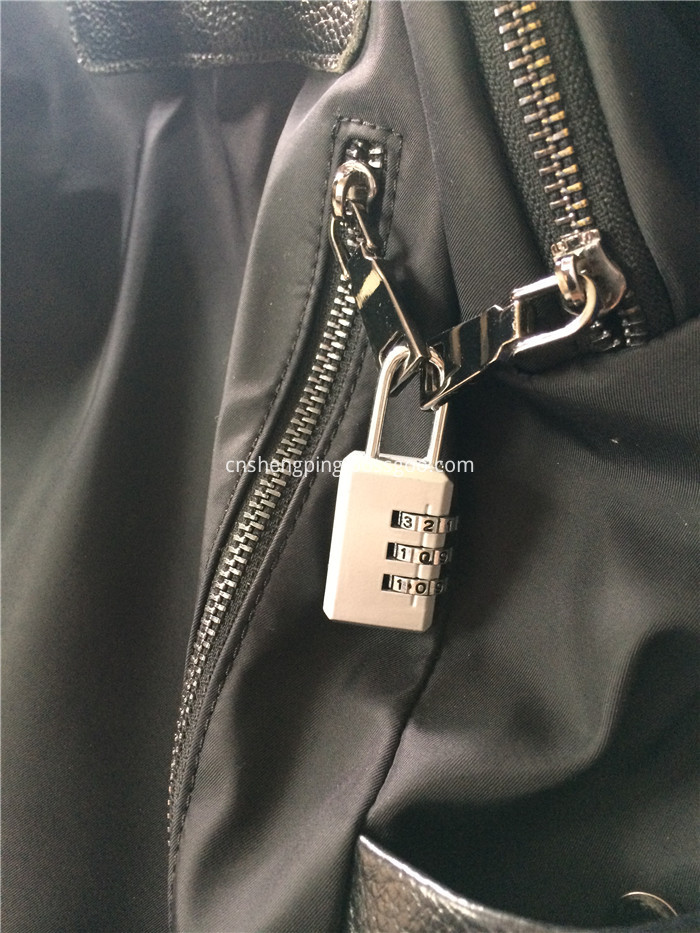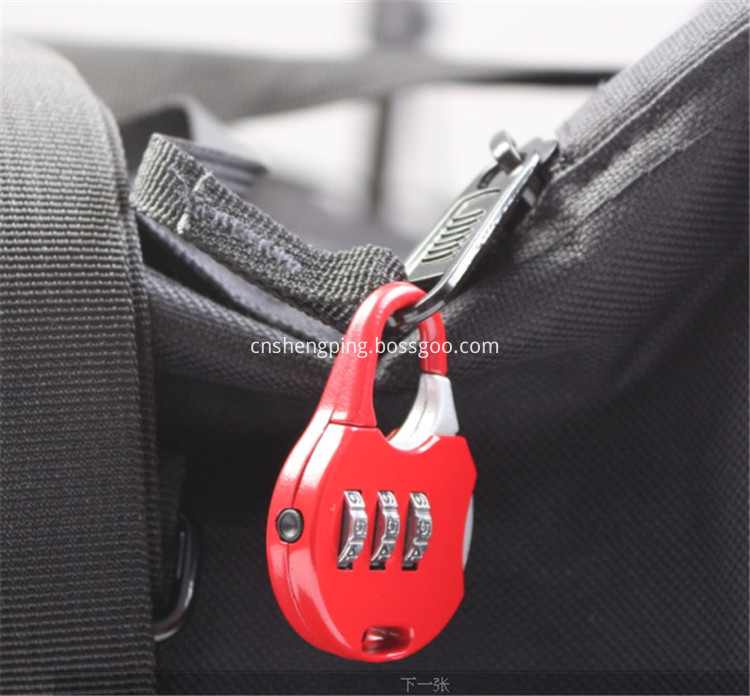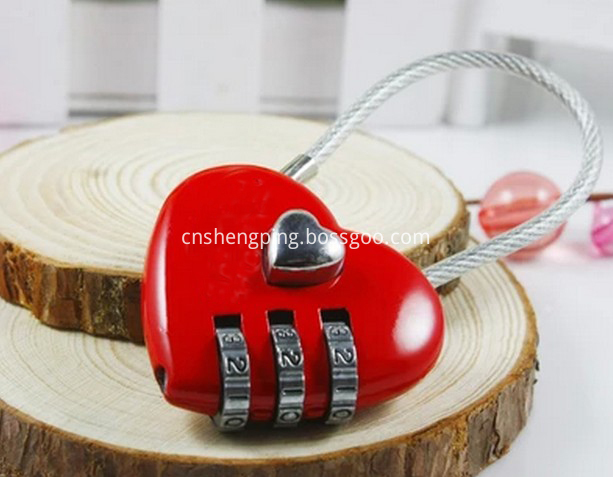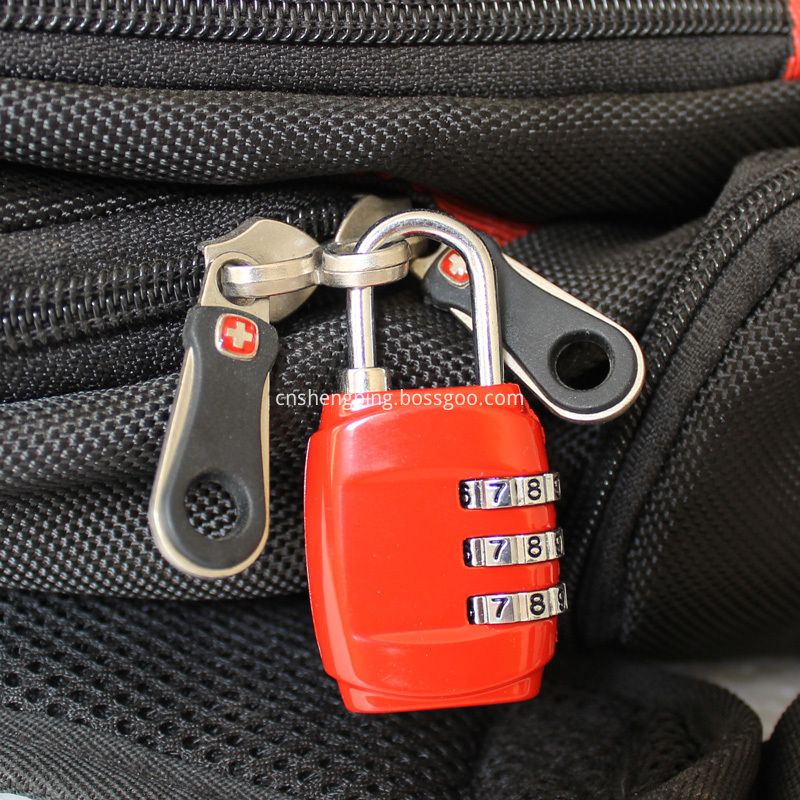Thread is a mechanical structural element used for connection and transmission. It has become the most widely used connection method because of its large connection force, compact structure, easy assembly and disassembly, and reliable connection. Threaded fasteners utilize the characteristics of threads to achieve high-volume specialized centralized production through standardization, which not only realizes universal interchange, but also greatly reduces the cost and improves the product quality. Today, almost no machines are available that do not use threaded fasteners.
However, due to the wide variety of threaded fasteners, most of them are specialized in centralized production. The environment and requirements are very different. The load is complicated, the influencing factors are numerous and varied, and it is very difficult to design and use. In the event of failure of bolted connections at some critical locations, it will cause immeasurable losses. Restricted by the principle of thread structure, looseness is one of the main failure modes of threaded fasteners. Effective precautions must be taken for this purpose, and various anti-loose threaded fasteners have emerged.
1 Mechanical analysis of threaded fasteners 1.1 Force of the thread For the convenience of analysis, first study the force on the rectangular thread. Spread the rectangular thread along the average diameter d2 to get the bevel angle equal to the thread angle!
The inclined surface simplifies the nut to a slider that receives the axial load Ff. Fs is a circumferential thrust, and its acting direction is tangent to the circumference of d2, and is equivalent to tightening or loosening the torque Ts of the connecting pair. When the slider is stationary or is moving at a constant speed, it is subjected to three forces, namely the axial load Ff, the thrust and the friction force Rs. When the slider rises at the same speed as the inclined surface, which is equivalent to tightening the nut, it acts on the slider. For each force balance, force polygon closure see b) from which the equilibrium equation can be obtained: or the middle friction angle, the corresponding friction coefficient is, the relationship between the two is: when the slider descends at the same speed as the slope, it is equivalent to loosening the nut) When the frictional force changes direction, Fs becomes the resistance, and the force balance is applied to the slider. The force polygon is closed (see 4), so the balance equation can be obtained: the torque required to tighten and loosen the nut is normal thread, the tooth angle is 60. It can be seen that the wedge block moves in the chute. At this time, the friction coefficient is replaced by the equivalent friction coefficient, and the friction angle "2" is replaced by the equivalent friction angle P:2. It is not difficult to obtain: s=/cos(a /2)=/cos30°=1.155s2=2 1.2 Self-locking conditions for threads can be seen from Equations 2) and 2, when! ! P2 or! ! p: 2, thrust Fs! 0, indicating that F2 is zero or its direction changes. At this time, the nut can only be retracted by the thrust opposite to the direction of the middle Fs. The axial force will not retract no matter how big the nut is. The greater the force. Therefore, the self-locking condition of the thread is the ordinary thread used for the threaded fastener, and the angle of the thread is raised from 2.30' to 3. tg! ! Tg3 ° = 0.0524, and the static friction coefficient of metal materials is generally 0.1> 0.3, on tg! Tgp'2 is much smaller than 1, so it can be approximated: tg(!±p:2) Equation 5) indicates that the general threaded fastener satisfies the thread self-locking condition. 1.3 The force of the supporting surface In the assembly and use, the fastener supporting surface bolt, the lower bearing surface of the screw, the bearing end surface of the nut, etc.) also bear the shaft body force F of the same size as the thread, when tightening or loosening In this case, the bearing surface produces a moment Tw that is opposite to the direction of motion or motion, the value of which is related to the shape of the bearing surface.
1.4 Analysis of looseness The so-called looseness refers to the loss of axial preload force in whole or in part of the bolt connection, and is one of the important failure modes of the threaded fastener. Since the thread of the threaded fastener satisfies the self-locking condition and the frictional moment of the bearing surface exists, why is there any looseness? Under the static load condition, the bolt only bears the axial load, and the screw is tightened due to the angle of the thread. The torque required for the nut and the loosening nut is different. Generally, the loosening torque is about 809 of the tightening torque: the average torque coefficient of the same batch of connecting pairs is specified to be 0.1100.150, and the standard deviation of the number of torque yarns should be less than or equal to 0.0019. In the engineering practice, there are also control methods such as the corner method and the yield point tightening method.
2.1.2 Effective Torque Type Fasteners Effective torque type fasteners add an effective torque part to the basic fastener structure. The function is to add a resistance torque that does not change with the external force in the connection pair. The effective torque part is mainly added to the nut, at! Products with an effective torque part on the external thread are relatively rare.
All-metal effective torque type lock nut, one type is the deformation of the nut body after the threading of the nut body is completed, so that the thread is axially or radially deformed, resulting in local interference of internal and external threads during assembly to generate effective torque, due to deformation The influence of the deformation resistance and geometric precision of the blank before the deformation and deformation has high requirements on the processing technology and the difficulty of effective torque control. The other is to reduce the effective torque part and close the mouth after closing or slotting. Currently, it is mainly used in the military industry in China. The third type is to embed a metal elastic component in the nut body. When assembling, the external thread forces the elastic component to deform and generates an effective torque. These nuts have high requirements on the elasticity of the elastic component and the position of the insert, and sometimes scratched. Threaded surface.
The effective torque part of the non-metallic insert effective torque type lock nut is a non-threaded nylon ring. When assembling, the external thread can tap the thread on the nylon ring. The elastic deformation of the insert produces an effective torque, and the anti-loose performance is excellent. The working conditions of shock and vibration are relatively difficult, and can be reused. The temperature is less than 100, and nylon is easy to age.
The anti-loose screw with nylon insert is embedded in the transverse hole of the screw rod. The nylon column is deformed by the internal thread when assembled, and its elasticity makes it fit tightly with the internal thread to produce effective torque and good anti-loose effect. : Well, the nylon column should be in the proper position inside the internal thread during use.
2.1.3 Use of washers The gaskets currently used mainly include flat rings, spring washers, and elastic washers. The flat washer is mainly used to improve the contact state of the bearing surface, to ensure the stability of the friction coefficient of the bearing surface, and to have a certain effect on the anti-looseness; the spring washer uses its elasticity to generate the axial force to improve the elasticity of the connection, and the lateral vibration test results show that it Under the test condition, the anti-loose effect is poor; the twisted teeth of the elastic washer are flattened by the tightened nut, so that the threaded auxiliary shaft body is pressed tightly, and the bearing surface is partially embedded, the elasticity is uniform, the anti-loose effect is good, and the scratch is scratched. The surface of the part. In some specific situations, it is desirable to scratch the surface of the part, such as the terminal on the part painted on the surface, which can be scratched to ensure the electrical conductivity.
2.2 Directly lock the nut after tightening the nut. Lock the nut and bolt to prevent them from rotating relative to each other. The most common use is the use of split pins, series wires and stop washers. The split pin is used together with the end hole bolt and the slotted nut to ensure reliable locking. Generally, the angle of the nut slotting is 60%. The slot must be aligned during assembly and the assembly is inconvenient; use a low carbon steel wire to penetrate the bolt head or Inside the wire hole of the nut, several bolts or nuts are mutually restrained in series, and the lock is reliable. The retaining washer is plastically deformed by the washer to clamp the nut. When disassembling, the washer should be flattened and then loosened to loosen the nut. Heavy-duty, dynamic load connections that are often removed, such as flywheel nuts.
2.3 Destroy the motion pair relationship. The punch is used to locally deform the thread of the bolt and the nut, and the original tooth profile is deviated, so that the local part cannot mesh with the normal thread, destroying the movement relationship of the original motion pair, and forming a non-reusable connection. For disassembly, the nut must be screwed out or broken with a large torque, which is currently rarely used. 2.4 Adhesive bonding is to bond the bolts and nuts or the connected parts to achieve the purpose of anti-loose. Bonding bolts for mass production are generally applied to the parts by a anaerobic adhesive at a fastener manufacturer and dried to form microcapsules. The surface of the microcapsules is dry and has no stickiness. When assembled, micro The capsule is crushed and broken, the glue overflows, and the bolt and nut are firmly bonded.
As long as sufficient torque is applied during disassembly, in general, it can be reused for a limited number of times within a certain period of time.
3 Anti-loose performance test method There are three main test methods for evaluating the anti-loosening performance of fasteners, including anchor bolt test method, sleeve lateral impact method and lateral vibration test method. The lateral vibration method is the last century. The more effective methods recognized since the age have been formulated as international standards, and China has also issued the national standard GB/T10431-1989, which was implemented on January 1, 1990.
The principle of the anchor bolt test method is to install the tested component on the testing machine. The connecting structure is similar to the anchor bolt, and the position mark is made on the test piece. The eccentric mechanism of the testing machine is used to apply mechanical vibration to the test thread connecting pair. The position of the test piece changes during the timed stop, and the quality of the test piece is judged by the change of the relative position of the connecting pair. This test method is considered to be the first generation of anti-loose performance test method, no standardization, no general equipment, long test period, unsatisfactory test results, and rarely used.
The sleeve transverse impact method is used to tighten the test piece in the test sleeve, and position mark on the part and the sleeve, and then place the sleeve in the guide groove of the cradle to move with the cradle, and the sleeve can be in the guide groove Move inside laterally. After the power is turned on, the remote frame swings back and forth, and the impact sleeve reciprocally impacts both ends of the guide groove in the guide groove, thereby generating a large impact force, causing the test piece to loosen. Timing stop during the test: Record the position of the test piece and determine the anti-loosening performance of the test piece. This is the second generation of anti-loose performance test method, which is still used in the aerospace system in China. Both of the above methods use the change of the position of the test piece to determine the anti-loose effect, and the timing is recorded, and the discontinuous result is obtained, which brings inconvenience to the application.
: The lateral vibration test was carried out on a fastener lateral vibration tester.
The fastener to be tested is tightened on the test device to produce a certain clamping force. By means of the alternating lateral displacement of the tester between the clamped two metal plates, the joint is moved, resulting in a reduction or even complete loss of clamping force.
The instantaneous value of the clamping force is continuously recorded, and the fastener anti-loosening property can be determined based on the recorded data. During the test, the more the clamping force is reduced, the better the anti-loose performance; on the contrary, the faster the clamping force is reduced, the more the anti-loose performance is: the difference / 40. The typical clamping force curve is as shown . For a set of test pieces, the number of vibrations of a number of residual values ​​of the characteristic point clamping force can be selected, and the average value and standard deviation of each point are calculated to evaluate the anti-loosening effect of a group of parts. There is currently no fixed lateral vibration of the fasteners! The data method of the test still uses the direct comparison of the characteristic curve and the direct comparison of the specific point data, and lacks direct judgment on the test results under different groups or different conditions.
The evaluation of fastener anti-loose technology and anti-loose effect has been paid more and more attention. For this reason, through the trial and implementation of new anti-loose technology and anti-loose fastener products are engaged in fastener research, production and users. Heavy: To be a task.
Zinc alloy lock, is the appearance of a simple, beautiful, light locks for bags, luggage, low price, exquisite appearance, occupied the padlock of a country. Home travel, essential supplies in the world more widely.





Our service
QC process. We apply 100% inspection to ensure that every lock customer gets would function well.
We are licensed distributer of TSA locks.
We accept big orders, but small orders are welcome as well. With daily production
capacity of 30K-40K pcs,we can ensure the on-time delivery for the customized orders.
Besides, we regularly keep 5K-10K stock for almost all designs, so there will be no problem
if you want to order in small quantity. We accept OEM orders with MOQ of 1K sets. Honor:
Zinc Alloy Luggage Combination padlock
Zinc Padlock,Zinc Alloy Padlock,Zinc Luggage Padlock,Zinc Combination Padlock
Shengping Safety Protection Locks Manufacturer , https://www.chinajiuzhou.com